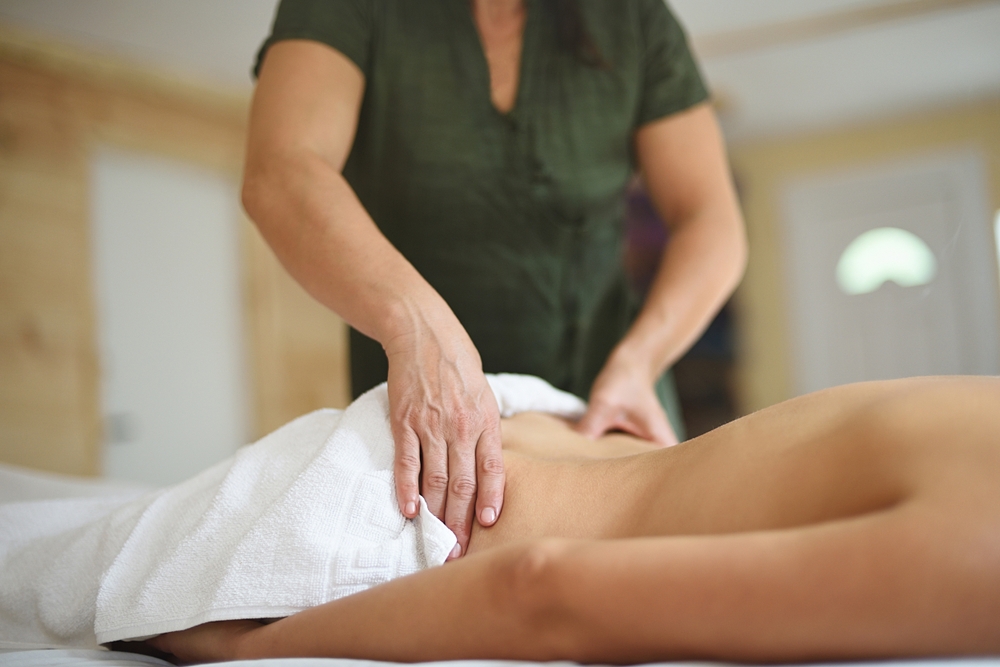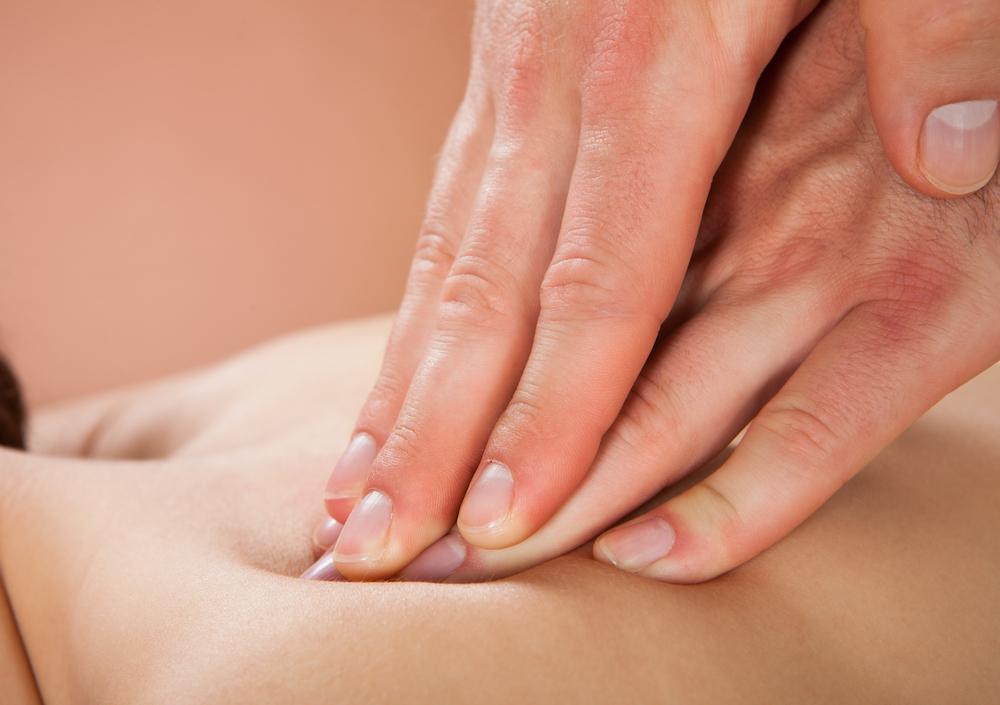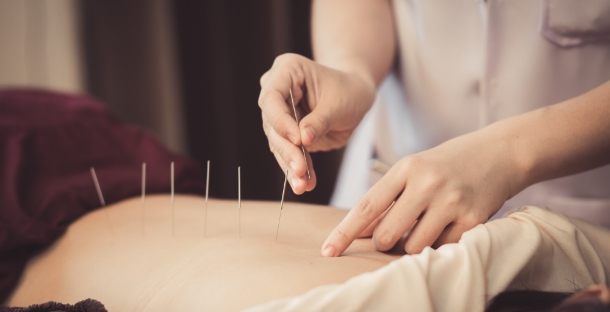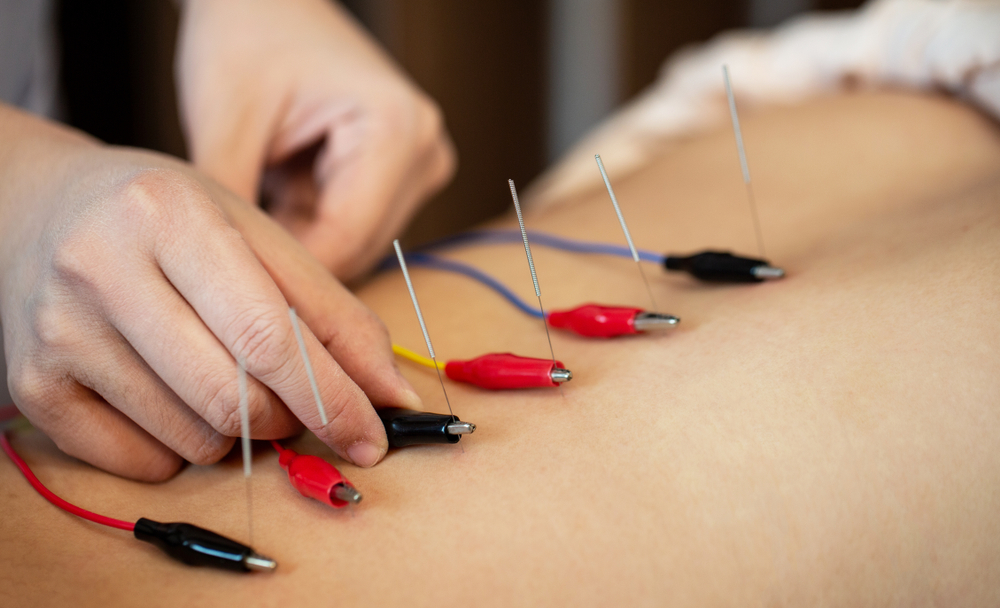
Acupuncture and Electroacupuncture Explained
Unlike many practices in Traditional Chinese Medicine, electroacupuncture is relatively new. Electroacupuncture as we know it today was developed in the 1950s as the use of electronic devices became more widespread, although it was first pioneered in the 1930s as an extension of acupuncture. Today, electrotherapy machines are commonplace in acupuncture studios around the world. Below, we’ve put together information about what electroacupuncture is, how it builds on principles of acupuncture treatment, and the health conditions it is most commonly used to treat.
What is acupuncture?
Acupuncture is a branch of Traditional Chinese Medicine (TCM) that uses very thin needles inserted into your skin to stimulate and regulate the flow of your vital energy or Qi (pronounced “chee”). Imbalance and stagnation of Qi manifest in the physical symptoms of illness and disease. These dysregulations of energy can be treated through applied stimulation of acupoints along natural pathways in your body called meridians.
What is electroacupuncture?
Electroacupuncture, sometimes called acupuncture electrotherapy or electrode acupuncture, works along the same principle as regular acupuncture therapy. The difference is that a low electrical current is applied to the acupuncture needles to provide a deeper, sustained stimulation of the treated acupoints. This method is often used when more stimulation is needed than needle twirling or other hand manipulation techniques can provide.
How does electroacupuncture work?
Electroacupuncture works by attaching electrodes to two needles and running a mild electrical current between them. These needles can be as close as right next to each other, or as far apart as your feet and head.
The deeper stimulation of acupoints greatly enhances the anti-inflammatory effects of acupuncture, which relieves pain and boosts immune function. Additionally, electroacupuncture triggers the release of neurochemicals like endorphins and corticosteroids that reduce pain and increase overall feelings of wellbeing.
What to expect during your appointment
If you’ve had acupuncture before, then an electroacupuncture appointment will feel very similar. It starts with an initial discussion, either a full intake if it’s your first appointment with your acupuncturist, or to go over any symptoms or improvements you experienced after your last treatment. After that, you’ll get situated on the table and your acupuncturist will insert needles at the acupoints being treated.
Once the needling has been done, your acupuncturist will attach electrodes to the needles, at which point they will turn on the electroacupuncture machine. This machine controls the voltage and frequency of the electrical current. Generally, the voltage and frequency will start off low, but your acupuncturist may adjust it throughout your treatment. It should be noted that electroacupuncture shouldn’t be painful, but you may experience a mild tingling or vibration.
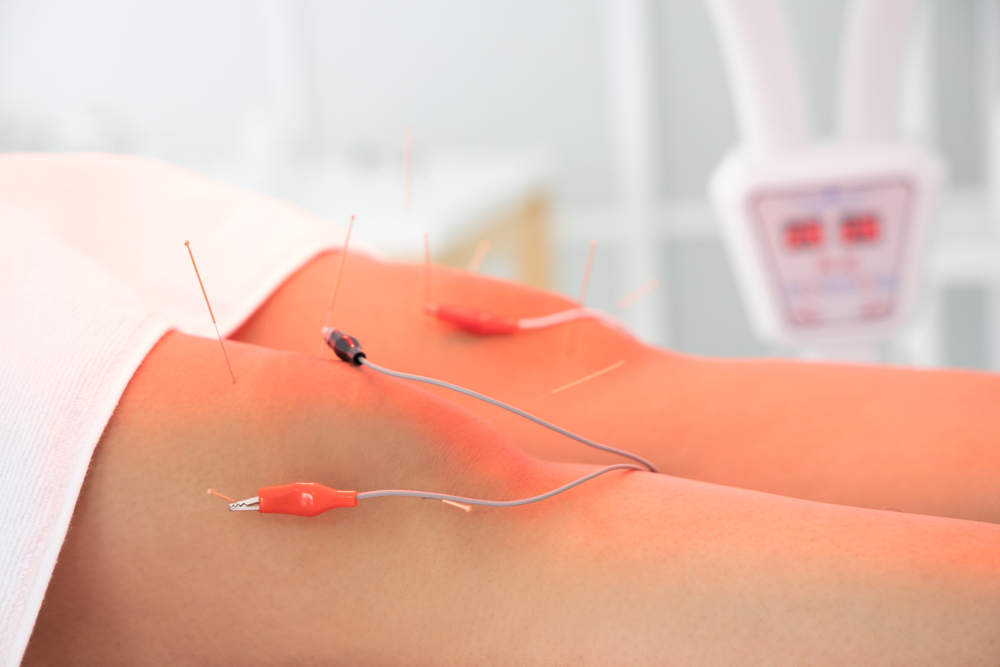
What can electroacupuncture treat?
There are many health conditions that can be effectively managed and treated with electroacupuncture. Much like acupuncture, this is a very versatile medical therapy. It is particularly effective at treating arthritis, chemotherapy-related nausea, chronic pain, and the physical impacts of stress.
Chemotherapy-related nausea
Cancer treatment can be a hard on the body as cancer itself. One of the most widely known symptoms is persistent nausea in the days and weeks after a round of chemotherapy. Electroacupuncture has been shown to reduce vomiting among chemotherapy patients, preventing or lessening weight loss resulting from chronic nausea.
Arthritis
Arthritis is a chronic condition with no known cure. However, the pain and reduction of mobility can be reduced with electroacupuncture. It has been shown that repeated electroacupuncture treatments can provide long-term relief of arthritis-related pain.
Chronic or acute stress
Stress, whether it’s chronic or acute, takes a hard toll on your body — from impeding your immune system, to fatigue, changes in weight, and lowered resilience to physical wear and tear. As you face life’s challenges, it’s important to manage stress. Electroacupuncture treatments will lower cortisol levels in your system, as well as boost immune function.
Chronic or acute pain
Inflammation is often at the root of both chronic and acute pain. As electroacupuncture greatly reduces inflammation in the treated areas, it is a useful treatment for managing and preventing pain flare-ups. Additionally, the treatment will warm the muscles and improve the flow of oxygenated blood to the tissues surrounding the needle sites. This will help boost your body’s natural healing processes.
If you are interested in trying electroacupuncture, or just want to know more about how the treatment works, consider booking an appointment with Maisy.
